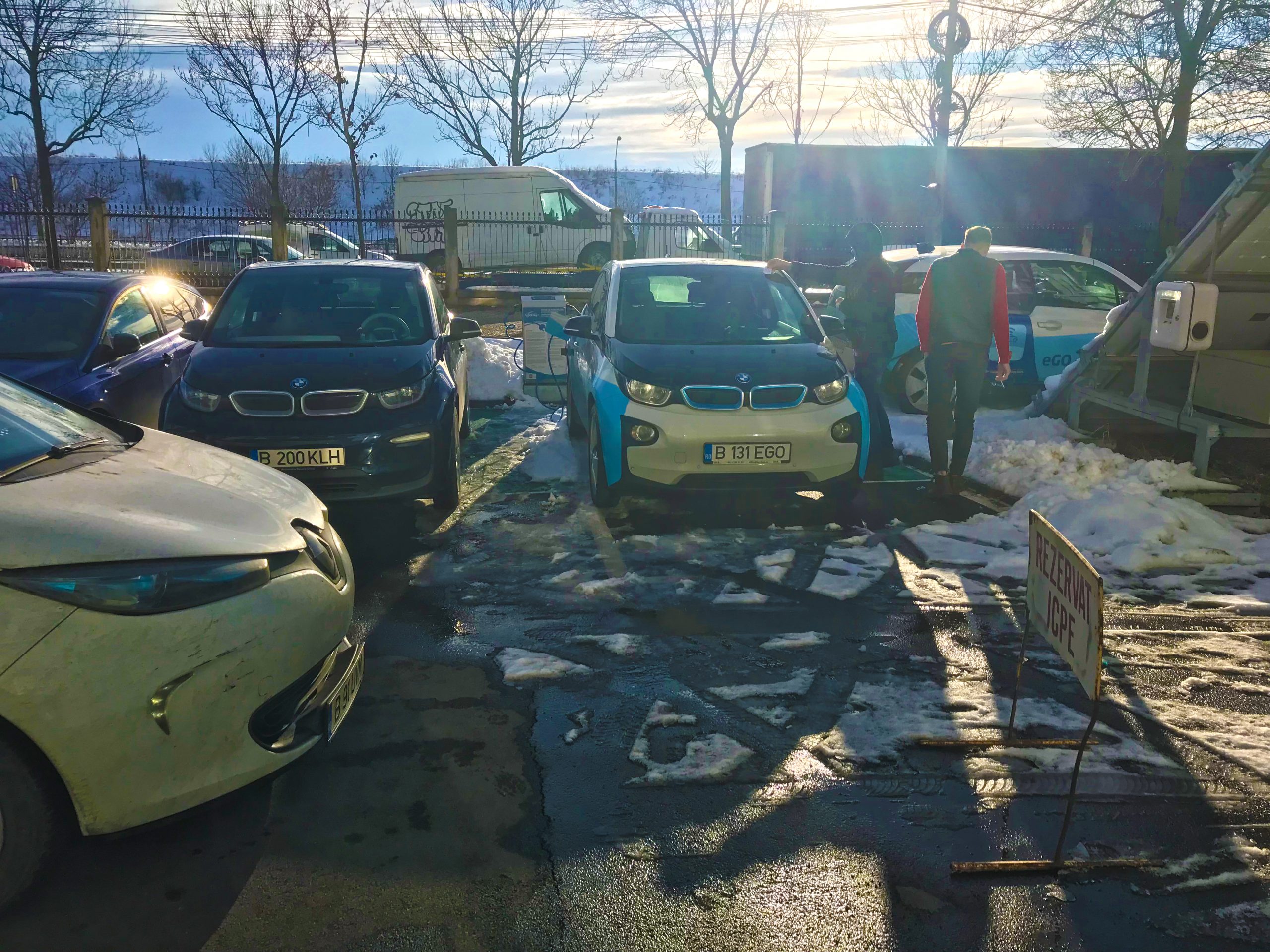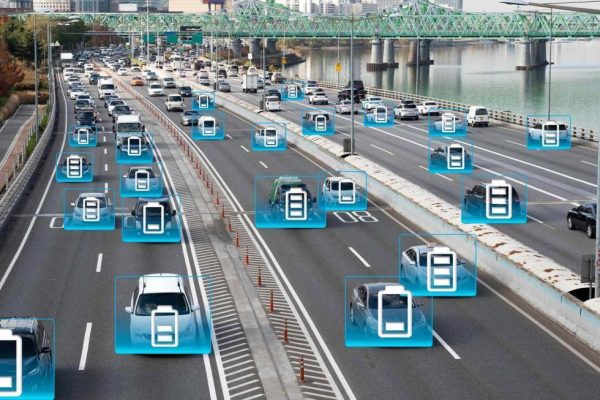The level of transparency with regards to the e-mobility ecosystem within the Romanian market remains relatively limited. Key questions such as …
- What is the development status of E-mobility in Romania and how does this fare against the more mature markets?
- Which factors are driving E-mobility developments in Romania and how have these evolved over time?
- How does the TCO of xEVs fare against vehicles powered by internal combustion engines?
- What is the readiness level of is the national infrastructure with regards to e-mobility adoption and what is the outlook?
… remain largely unanswered. We have to aims to bridge this gap related to e-mobility by offering a data-driven perspective, centered around the major developments of the local market as well as related technologies.
Romanian share of EVs/ PHEVs is above levels registered in South Korea, the USA or Japan
Sales of pure EVs grew by ~230% in the second half of 2019 compared to the first half of the year, reaching a total of ~1,500 units. The share of EVs and PHEVs out of total new car registrations has increased from ~0.9% in the first half of 2019 to ~2.2% in the second half. This performance places Romania ahead of USA or South Korea and just behind France in terms of the share of xEV sales.
Number of public charging stations is growing at a steady pace – fast charging infrastructure development still needs to pick up
At the end of 2019, the national charging infrastructure consisted of ~400 stations and was increasing at a steady bi-annual rate of ~30%. HoReCa players and stand-alone retailers remain the main adopters of charging stations, with a cumulative share of the national charging infrastructure network of ~45%.
Charging capacities still favor slow charge with a maximum installed power of 50 kW and only ~25% of stations are currently capable of charging at powers above 22 kW. Fuel station operators have a higher preference towards fast chargers, in an effort to maintain similar refueling speeds to fuels, thus meeting customer expectations.
EV/ PHEV offering remains a key development hurdle
With 43 EV & PHEV models available for purchase, the offering is still limited, accounting for only ~12% of the total number of car models available on the Romanian market.
An important constraint is the low number of models & body styles per car brand, leading to limited options in case of high brand affinity. Most EVs and PHEVs are hatchbacks, sedans and SUVs, while the offering for station wagons, MPVs or coupes/ cabrios is almost inexistent.
Increasing appeal for mobility services
2019 H2 has seen a major development in terms of micro mobility providers, with a total of 7 players in the market, compared with none in 2018 H2. The car sharing market is showing constant growth in terms of providers, with one new player in 2019 H2 and at least another one expected in 2020 H1.
Special topic – The perfect use case displayed by electric buses
At the end of 2019, 40% of buses in Romania were over 20 years’ old, leading to increased fuel consumption, higher maintenance costs and pollution. Furthermore, buses operate at low speeds where emissions are the most intense.
Electric buses present one of the best EV use cases in terms of TCO – Supported by significant EU funding, they provide a cost-efficient public transportation mode for large cities to reduce pollution levels.
Cities in 34 out of 42 counties have either purchased e-buses or been engaged in obtaining funding and organizing bids to purchase them. The share of e-bus registrations out of total bus registrations is 4.7% for 2019 H2, higher than the 2.2% for electric cars, showing a stronger adoption pattern.
Thinking ahead – E-mobility presents opportunities to improve operational costs and to better position in the New World
- The economic uncertainties related to the coronavirus clearly affect the short/ medium-term investment decisions – E-mobility nevertheless remains an important opportunity for optimizing operational costs, even in times of low-priced oil.
- Strategic positioning as an e-mobility promoter remains essential for future success – Acting now will require significantly less resources than recovering the lost ground in the future.
- Traditional energy players should be mindful of this when designing their future strategies – Gas stations currently host less than 15% of total public charging stations – In the new electric world the meaning of ‘convenience’ is taken to the next level.
read more here




